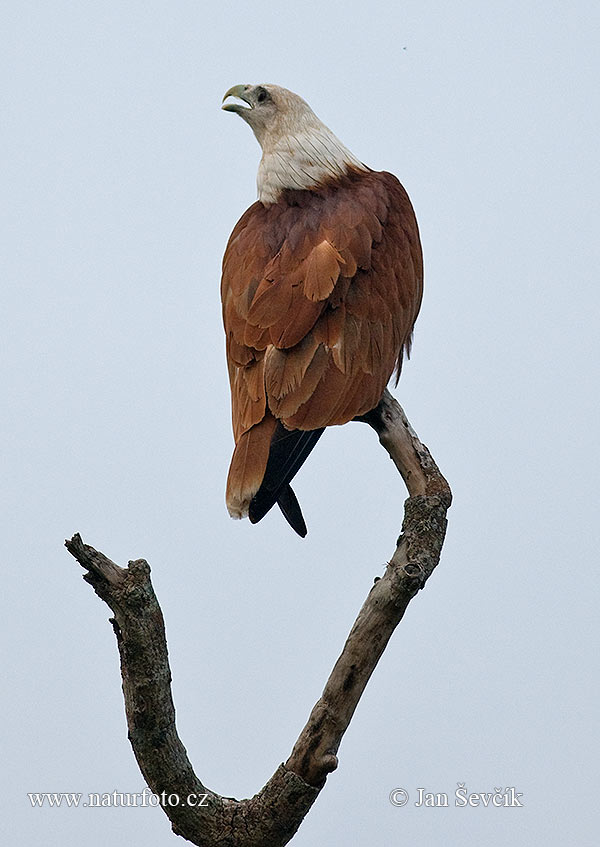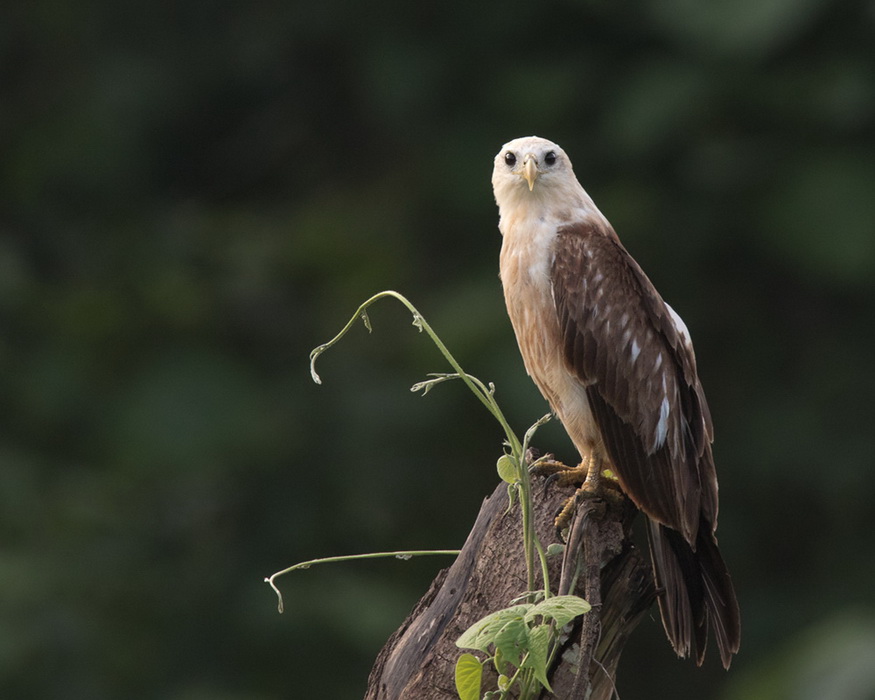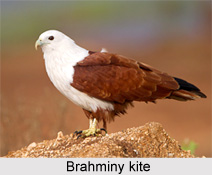

Some use dead trees (perhaps the tree was alive when it wasįirst used as a nest site). Moreīrahminy Kites prefer to nest in mangroves, usually in tall emergent Pottery, and a reference to the bird's primary plumage colour).

In Malaysia, the island of Langkawi is namedĪfter the bird ('kawi' denoting an ochre-like stone used to decorate Mascot of Jakarta, and considered as the contemporary representation Known as Elang Bondol in Indonesia, the Brahminy Kite is the official The underwing, coverts are chestnut whereas flights feathers are Undertail feathers are chestnut, edged buffy-white. Lower belly, vent and undertail covertsĪre chestnut. On the underparts, chin, throat, breast and upper belly are white, Moreīrahminy Kite has bright chestnut plumage except on head, neck andīreast which are white, slightly streaked greyish-white. (Haliaeetus leucogaster), elang bondol (Haliastur indus), and elangīido (Spilornis cheela). Bangau Tongtong (Leptoptilos javanicus), white-bellied sea eagle JavaScript and Flash are required to fully enjoy Evri Similar to a bald eagle (the picture in the bird'. Moreīuses are red and yellow, with a young Brahminy Kite, which looks very In the right season, you can sit here and watch Manta ray jumping from the water, was someway out, and the cameraĭidn’t pick it up.

Waiting for these shots and birds, I also watched a very large * Brahminy Kite Rescue and Re-introductionĮagle is a Brahminy Kite, searching for his evening meal. Milvinae) ranges from India to northeastern Australia. The Brahminy kite (Haliastur indus subfamily about 55 cm ), reddish birds (the black kiteĭarker), lightly streaked on the head, with long, angled wings and Tail and distinctive underwing pattern) or light Little Eagle.įirst-year juveniles may also be mistaken for Ospreys, but areĪspects of the topic Brahminy kite are discussed in the following Though juveniles may be confused with the Whistling Kite (longer The adult Brahminy Kite is unmistakable, This kite is a familiar sight in the skies of India and southeast AsiaĪnd as far south as New South Wales, Australia, through which regionĪ juvenile Brahminy Kite soaring the heavens and heading for homeīefore the sun sets. Known as elang bondol in Indonesia, the Brahminy Kite is the official The family Accipitridae which also includes many other diurnal raptors

The Brahminy Kite, Haliastur indus, is a medium-sized bird of prey in Prey on the water surface is snatched with their talons, Brahminy They forage both over water and land, soaring 20-50m above But they also huntįor small prey (fish, crabs, shellfish, frogs, rodents, reptiles, even The Brahminy Kite is a familiar bird of prey and often referredīrahminy Kites are more scavengers than hunters. Underwing carpal region is of a squarish shape and separated from The resident and migratory races of Black Kite in Asia by the palerĪppearance, shorter wings and rounded tail. The juveniles are browner, but can be distinguished from both The Brahminy Kite is distinctive and contrastingly coloured, withĬhestnut plumage except for the white head and breast and black wing Widespread and abundant taxa are included in this category. Does not qualify for a more at risk category. The Brahminy Kite is classified as Least Concern. Original source: Brahminy kite Author: Challiyil Eswaramangalath Vipin from Chalakudy, India Picture of the Brahminy Kite has been licensed under a Creative Commons Attribution-Share Alike.


 0 kommentar(er)
0 kommentar(er)
